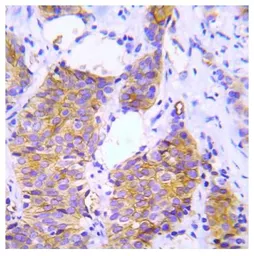CRK antibody
Cat. No. GTX78919
Cat. No. GTX78919
-
HostRabbit
-
ClonalityPolyclonal
-
IsotypeIgG
-
ApplicationsIHC-P
-
ReactivityHuman
